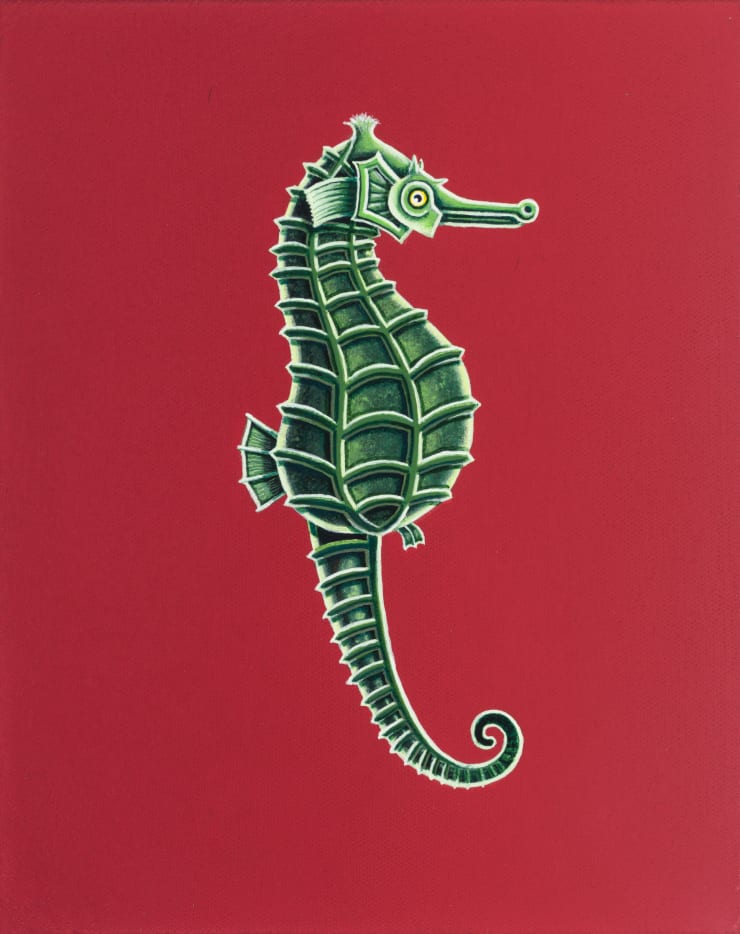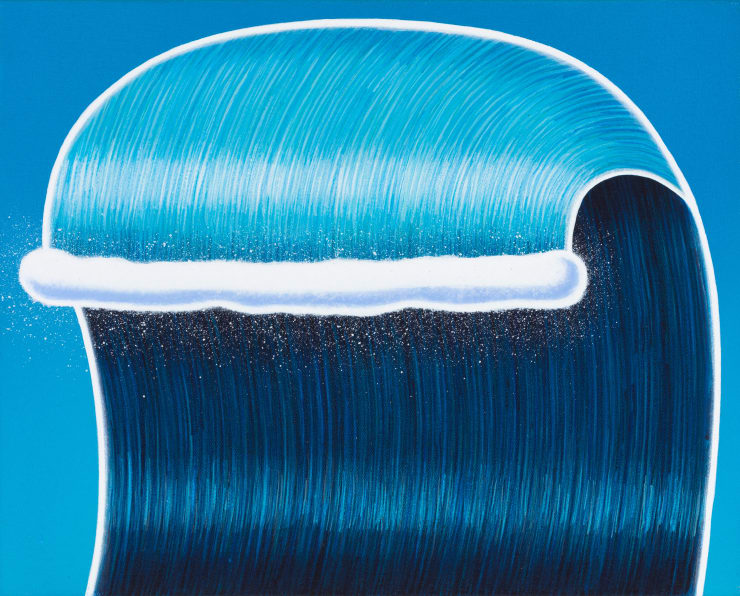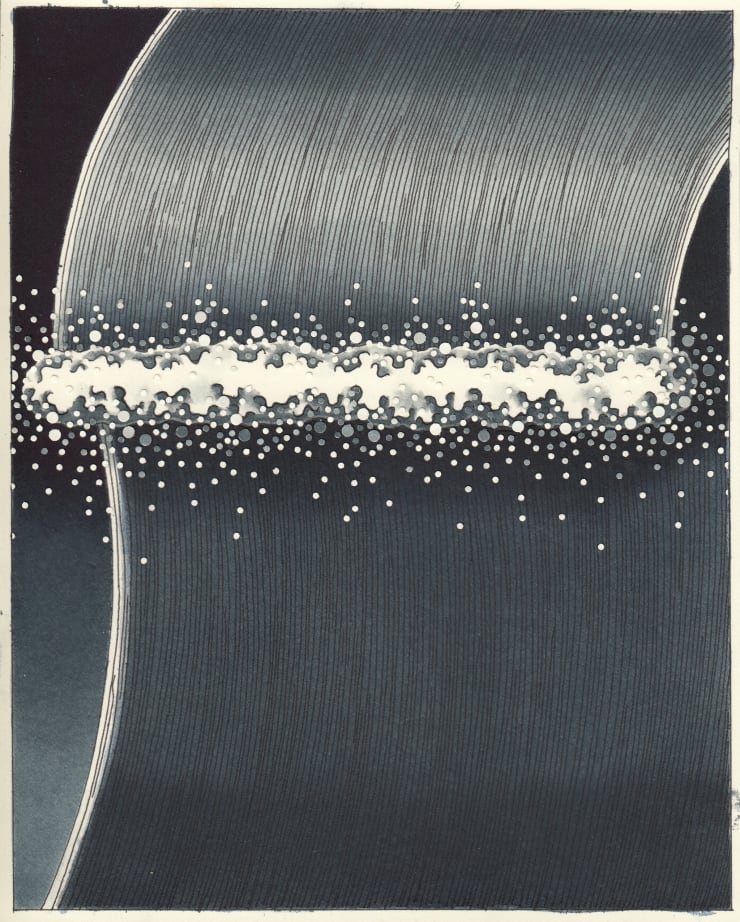-

-
-

-
-
Postmodern theorists of the 1980s pointed out the absence, or rather the unfulfilled presence, at the heart of painting. But painting has always been about yearning. The naked selfevidence of the objects in Matthew F Fisher’s paintings withdraws, borne by its own bluntness, into inscrutable mystery. Plain as day, they still leave us wondering. This mystery is an effect, deployed knowledgeably but no less genuinely, as it is a property already present in the world to which Fisher is attuned. Despite what he has written, Fisher does not need an excuse to paint a pearl. Like a painting itself, it is but a momentary concentration of forces that would, from a broader time frame, continue unabated were they not reified into a commodity.
-
Fashionable theory would have it that paintings as loci of attention are better blurred into ingratiating systems or image streams, but this is itself a reification of the interpretive freedom that painting has always offered. Instead of flattering the viewer by effacing himself, Fisher paints the cosmic indifference that lies as much in a shell as a star. But in a move that can only be called human, Fisher shows this indifference to be manicured, almost comically idealized, into an image of our impulse to put things in order. Here, the gigantic and minuscule meet and mingle under the long shadow of history, where associations gather and cling.
-
Text written by Vittorio Colaizzi. Colaizzi has published on Robert Ryman, Thornton Willis, Joan Thorne, and Trudy Benson and is an associate professor of art history at Old Dominion University in Norfolk, Virginia. He is currently working on a study of composition in abstract painting after minimalism.
-
-
-

-

-
Paintings
-
Drawings
Matthew F Fisher: The Sameness of Every Day
Past viewing_room





















